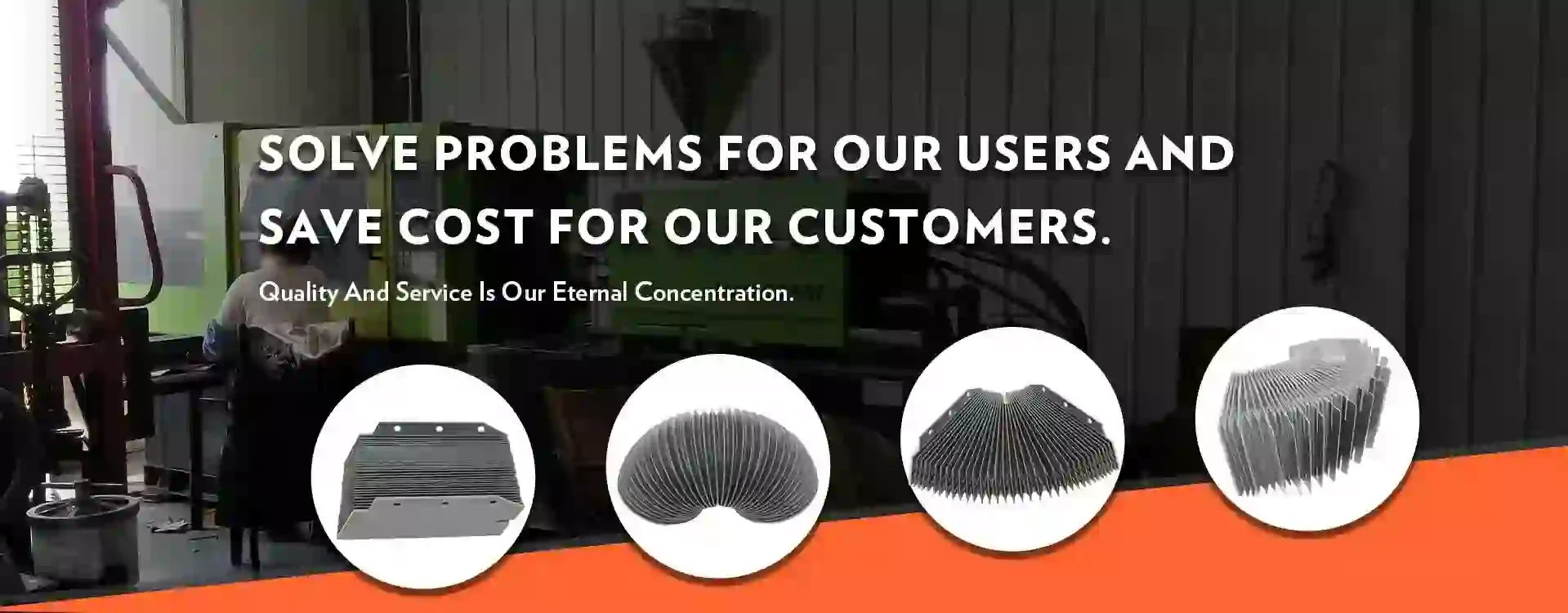drag chain cable tray
The Importance of Drag Chain and Cable Tray Systems in Industrial Applications
In industrial environments, the efficient management of cables and hoses is critical for ensuring operational safety and efficiency. One of the most effective solutions for organizing these components is the use of drag chains and cable trays. Both systems play vital roles in safeguarding cables and hoses from wear and tear, protecting them from environmental factors, and ensuring a neat and organized workspace.
What are Drag Chains?
Drag chains, also known as cable carriers or energy chains, are mechanical devices designed to hold and guide cables and hoses in various applications, particularly where cables must move with machinery. They are commonly found in applications involving CNC machines, robotic arms, and elevators, where the cables need to be flexibly routed and protected without being subjected to excessive stress or friction.
The design of drag chains allows for smooth movement in multiple directions, facilitating the dynamic function of machinery. They can be made from various materials, including plastic, steel, and aluminum, which enables them to be tailored to specific operational needs. Additionally, drag chains contribute to reducing the risk of tangling and abrasion, significantly extending the lifespan of the cables and hoses they carry.
The Role of Cable Trays
Cable trays, on the other hand, are more static and serve as a support system for a variety of cables and electrical wiring. They provide a structured pathway for power and data cables, helping to maintain an organized system that simplifies installation and maintenance activities. Cable trays are typically constructed from materials such as metal, fiberglass, or plastic, providing durability and support for fixed runs of cable.
drag chain cable tray

Installing cable trays offers several advantages. First, they improve air circulation around the cables, reducing the risk of overheating. Second, they facilitate easier access for repairs and modifications, ensuring that maintenance crews can work efficiently without disrupting operations. Moreover, using cable trays enhances safety by reducing the risk of cable damage that could lead to electrical failures or fire hazards.
Benefits of Combining Drag Chains and Cable Trays
In many industrial setups, the combination of drag chains and cable trays creates a comprehensive cable management system that addresses both dynamic and static needs. For instance, in a factory where robotic arms operate alongside fixed machinery, drag chains can automate the movement of cables in areas of motion, while cable trays can secure wiring runs throughout the facility. This hybrid approach ensures that all cables, whether stationary or mobile, are well-organized and protected.
The effective use of both systems not only minimizes downtime caused by cable maintenance but also maximizes workspace safety. By separating different types of cables and hoses, and allowing for ease of movement and accessibility, organizations can streamline their processes and enhance productivity.
Conclusion
In conclusion, drag chains and cable trays are indispensable components of modern industrial settings. Their proper use leads to better management of cables and hoses, enhancing reliability and longevity while reducing maintenance costs. As industries continue to evolve with more advanced machinery and automation, the significance of these systems will only grow. Investing in quality drag chains and cable trays is not just a matter of convenience; it is a strategic decision that can yield substantial long-term benefits for any business operating in a technologically driven landscape.








